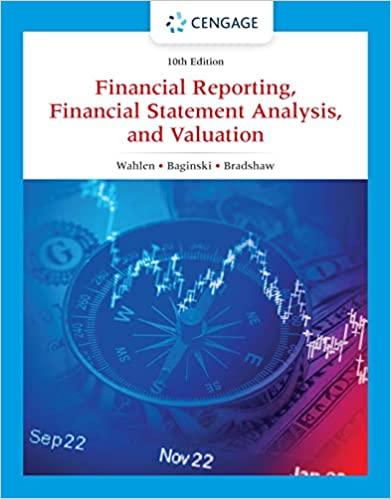Question
Could you help with the questions listed below? True or False Publishing Company, Inc. (P) is a publicly traded C corporation that has 5 million
Could you help with the questions listed below? True or False
Publishing Company, Inc. (P) is a publicly traded C corporation that has 5 million shares of voting common stock outstanding trading for $10 per share. P wants to acquire a target corporation (T) that has 4,000 shares of common stock outstanding, all of which is owned equally by 10 shareholders (each shareholder owns 400 shares). Both P and T have substantial accumulated earnings and profits. T has the following assets and liabilities:
Cash $600,000
Inventory: basis of $200,000 and value of $1,000,000
Equipment: basis of $800,000 and value of $1,400,000
Goodwill: basis of $0 and value of $2,000,000
Bank loan: $1,000,000
Answer true or false for each scenario:
- T merges directly into P. Each T shareholder receives $300,000 of P nonvoting preferred stock (not nonqualified preferred stock) and $100,000 of P five-year notes. The acquisition qualifies as a Type A reorganization. Answer =
- Same as (a) above, except four T shareholders receive $400,000 of P common stock and the other six receive $400,000 in cash. Ignore the IRS safe harbor (see Rev. Proc. 77-37) and adhere to the law instead (see Reg. 1.368-1(e)(2)(v), Example 1; John A. Nelson Co. v. Helvering, 296 U.S. 374 (1935); Miller v. Commissioner, 84 F.2d 415 (6th Cir. 1936)). The acquisition qualifies as a Type A reorganization. Answer =
- Same as (b) above, except four T shareholders only receive $250,000 in P stock simply because it declined in value (down from $400,000) between the time the merger agreement was signed and four months later, when the merger was finalized. The remaining six T shareholders receive cash of $400,000. The acquisition qualifies as a Type A reorganization. Answer =
- Same as (a) above, except shortly after the merger and as part of its original plan, P sells Ts assets to an unrelated party for a nice profit. The acquisition qualifies as a Type A reorganization. Answer =
- In exchange for their respective 400 shares of T stock, P transfers to each T shareholder $360,000 of P voting preferred stock and $40,000 cash. The acquisition qualifies as a Type B reorganization. Answer =
- P purchases 400 T shares from a single shareholder of T who was looking to cash out for $400,000. Three months later, P transfers $400,000 of P voting preferred stock to each of the nine remaining T shareholders in exchange for the remaining shares of T. The acquisition qualifies as a Type B reorganization. Answer =
- P acquires all of Ts assets and assumes Ts bank loan in exchange for $3.6 million of P voting common stock (360,000 shares) and $400,000 in P five-year notes. Immediately thereafter, T completely liquidates by distributing the P shares and notes pro rata to its shareholders. P drops down the assets it acquires to S, a newly created subsidiary of P. The acquisition qualifies as a Type C reorganization. Answer =
- Same as (g) above, except that T retains $400,000 of its cash. P acquires the balance of Ts assets for $3.6 million in P voting stock and P also assumes Ts bank loan. T immediately distributes the P stock and $400,000 cash pro rata to its shareholders so as to liquidate. Answer =
Step by Step Solution
There are 3 Steps involved in it
Step: 1

Get Instant Access to Expert-Tailored Solutions
See step-by-step solutions with expert insights and AI powered tools for academic success
Step: 2

Step: 3

Ace Your Homework with AI
Get the answers you need in no time with our AI-driven, step-by-step assistance
Get Started


